If you were shocked and angered earlier this year by a bill to dispose of public lands, then you should know about these less blatant—but similarly dangerous—legislative moves
[Editor’s Note: This post was originally published February 7, 2017 with ten legislative threats—one of which has become a reality for 245 million acres of Bureau of Management Lands. The post below has been updated as of March 29, 2017 with the latest on these developments and the newest threats to our public lands legacy.]
In February, sportsmen flooded the office of Rep. Jason Chaffetz (R-Utah) with phone calls, letters, tweets, and Facebook messages about his unpopular and dangerous public lands bill, H.R. 621. Shortly after, he dropped the legislation that would have enabled the sale of 3.3 million acres of public lands.
We celebrated. We were reminded that our voices have power. Then, we went back to work.
Here’s the thing: The tug-of-war between Americans who are proud to have 640 million acres of public lands as their birthright and those who seek to undermine these lands has never been tied to one individual bill, state, or lawmaker—it’s a longstanding ideological battle that puts conservation, access, and our hunting and fishing traditions on the line.
And, because D.C. politics are hardly ever as simple as black and white, the intent to transfer or sell public lands isn’t always explicitly stated in a bill’s title. To add to this confusion, sometimes a “win” for us is when nothing happens at all—a bill is introduced, never receives a hearing or co-sponsors, and gets swept from the docket at the end of that Congress. H.R. 621 languished in obscurity in this way last year, and Chaffetz probably wasn’t prepared for the backlash from public lands advocates when he reintroduced identical legislation in 2017.
Well, it’s a new day, and sportsmen are watching. Keep your eye on these legislative actions that would dismantle our public lands heritage, piece by piece.
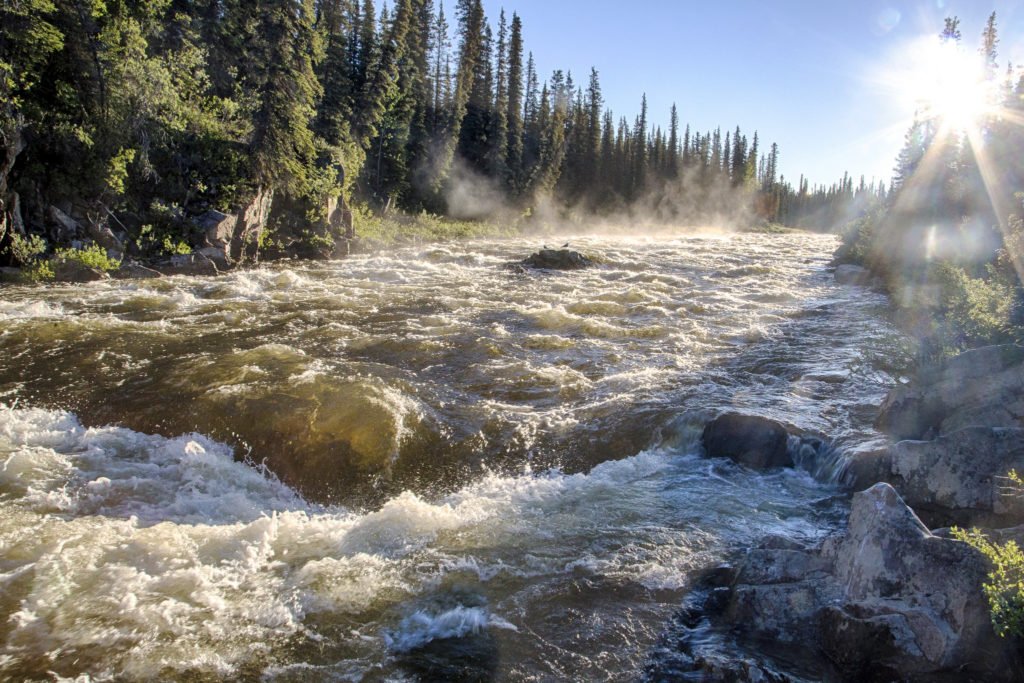
The Pesky Budget Hitchhikers
We expect that the Fiscal Year 2018 budget resolution will pick up legislative riders like fleece picks up burrs. Riders are policy priorities tacked onto larger must-pass legislation and, coupled with bills that help guide government spending, they could have scary implications for public lands and habitat. Pretty much anything is fair game, but we’re keeping an eye out for language that undercuts federal plans to benefit sage grouse and the broader sagebrush ecosystem. Because stripping federal authority over management of national public lands is a big ol’ slippery slope.
The Sneaky Sage Grouse Bill
In fact, Senator Jim Risch (R-Idaho) has already introduced legislation (S. 273) that would give state officials full authority over state and federal conservation plans to restore sage-grouse habitat. This might sound mild, but don’t be fooled—transferring control of management plans is a back door to transferring control of the land itself. This would be “an unprecedented shift of management responsibility that erodes the implementation of bedrock conservation statutes,” according to Ed Arnett, our senior scientist. Congressman Rob Bishop (R-Utah) introduced a near-identical bill last year.
The Other Chaffetz Bill
In addition to the bill he withdrew*, Rep. Chaffetz also introduced the “Local Enforcement for Local Lands Act” (H.R. 622) as a measure to pull funding for federal public-land law enforcement. This bill is still alive in Congress and has six co-sponsors.
*Many of you have asked why it appears that H.R. 621 is still alive in congressional records and online, even though Chaffetz requested that the bill be withdrawn. Well, the committee chair is the one who officially files the forms to withdraw legislation and strike it from the books—and nobody likes doing paperwork. It’s typical for bills to collect dust in committee until the end of the congressional year.
The Forest Fire Sale Bill
The “State National Forest Management Act of 2017” (H.R. 232), introduced by Rep. Don Young (R-Alaska), would take two million acres of National Forest System land away from Americans to be managed solely for timber production (read: short-term profit.) Just a friendly reminder that this could transfer management of all of Pennsylvania’s Allegheny National Forest to the state. This language was originally introduced in 2016 and made it the next step to a committee hearing, despite sportsmen’s outcry. The 114th Congress wrapped without seeing that bill move any further, but now it’s back for round two.
The Zombie from Nevada
The “Honor the Nevada Enabling Act of 1864 Act,” introduced last Congress by Rep. Mark Amodei (R-Nev.), was an explicit attempt to transfer federal public lands in Nevada to state ownership—at which point public access could be barred. While we haven’t seen this language reappear verbatim, Amodei has introduced two public lands bills so far. The Small Tracts Conveyance Act (H.R. 1106) would allow for the sale of some federal public lands in Nevada to private landowners or other entities, and the Nevada Land Sovereignty Act (H.R. 243) prohibits the expansion or establishment of national monuments in Nevada.
The One Where the Math Doesn’t Add Up
Last year, the “Self-Sufficient Community Lands Act” passed out of the House Natural Resources Committee, but didn’t make it to a floor vote. It never should have made it that far. Introduced by Rep. Raul Labrador (R-Idaho), the bill would have given management authority for large segments of our national forests to “advisory committees”—no previous professional experience in forest management would be required on these committees. Conservation and access would surely be an afterthought to generating revenue, but the financial burden of wildfire management would still be on the American taxpayer. That’s why we’ll be watching for something similar to emerge.
The State Bills
Bills at the federal level aren’t the only place we see shots fired at public lands. There are clear examples of state legislators easing the skids for public land transfer in Oregon, Washington, and Utah. Even in Missouri, a resolution encouraging transfer of Western federal lands to the states is making its way through the state legislature.
The Lesson
It’s easy to get complacent as long as these threats never really come to a head. But consider what’s already been lost this year.
Alarmingly, Congress has already voted to roll back public involvement in public land management by blocking the Bureau of Land Management’s new planning rule through a Congressional Review Act resolution of disapproval. The resolution, which could eliminate the BLM’s ability to provide similar benefits in a planning rule ever again, was signed into law by President Trump on March 27, 2017. Planning 2.0 was the result of more than two years of collaborative work, and overturning it was a gut-punch to sportsmen who celebrated conservation benefits for big game migration corridors and backcountry habitats.
And, in Oregon, a two-to-one vote by the State Land Board is likely to seal the fate of the Elliott State Forest, which is much beloved for its recreation opportunities, including hunting and fishing, but has been a drag on the state budget sheet. Federal public lands aren’t managed for profit, but they would be in the hands of the states. Now, it’s likely that the Elliott will be sold. This could make it the poster child for what could happen to America’s public lands if land transfer proponents get what they want.
It’s also a reminder of why we’re fighting tooth and nail to keep public lands public. Give them an inch and they’ll take millions of acres. Let your elected officials know that our public lands are not for sale.

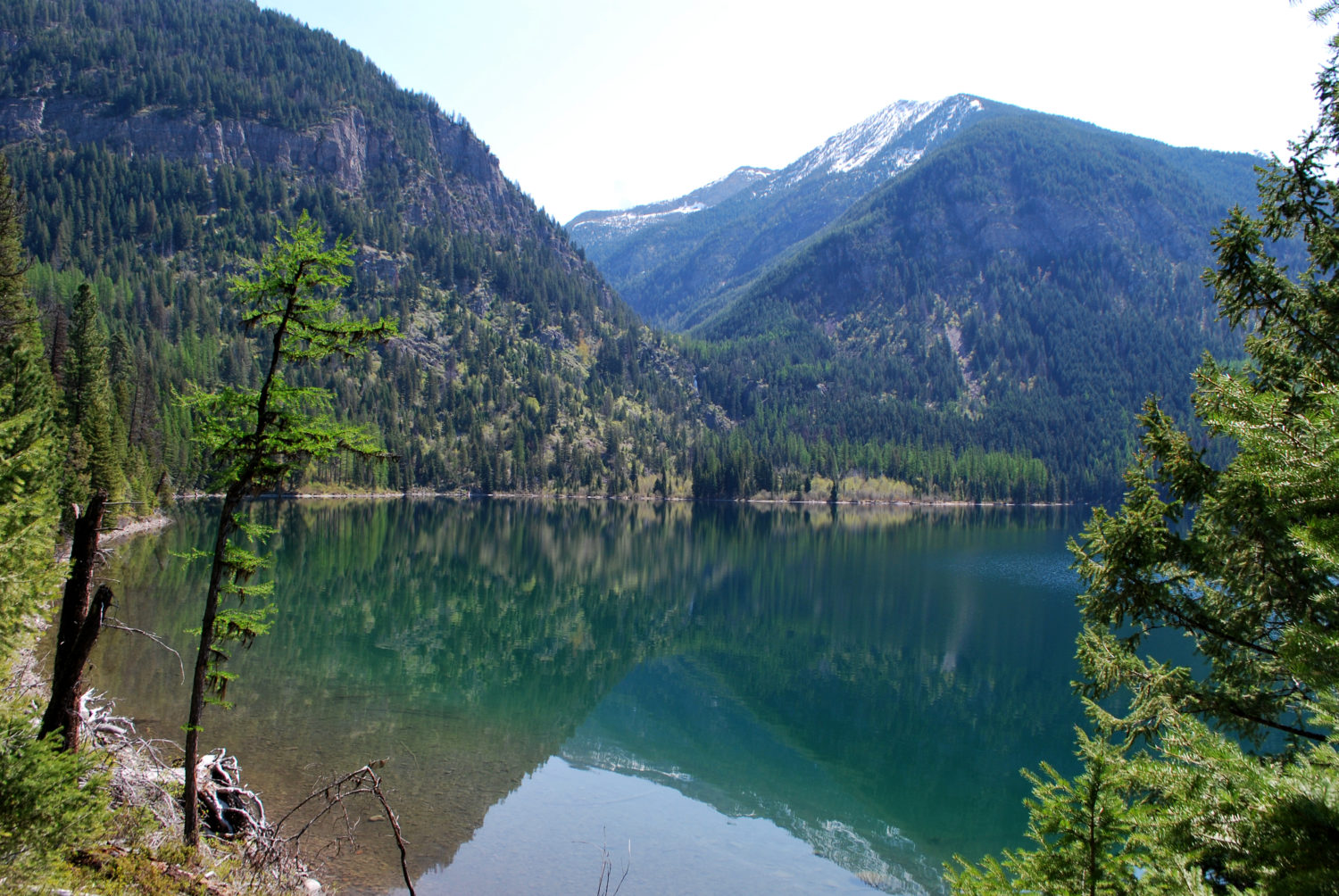
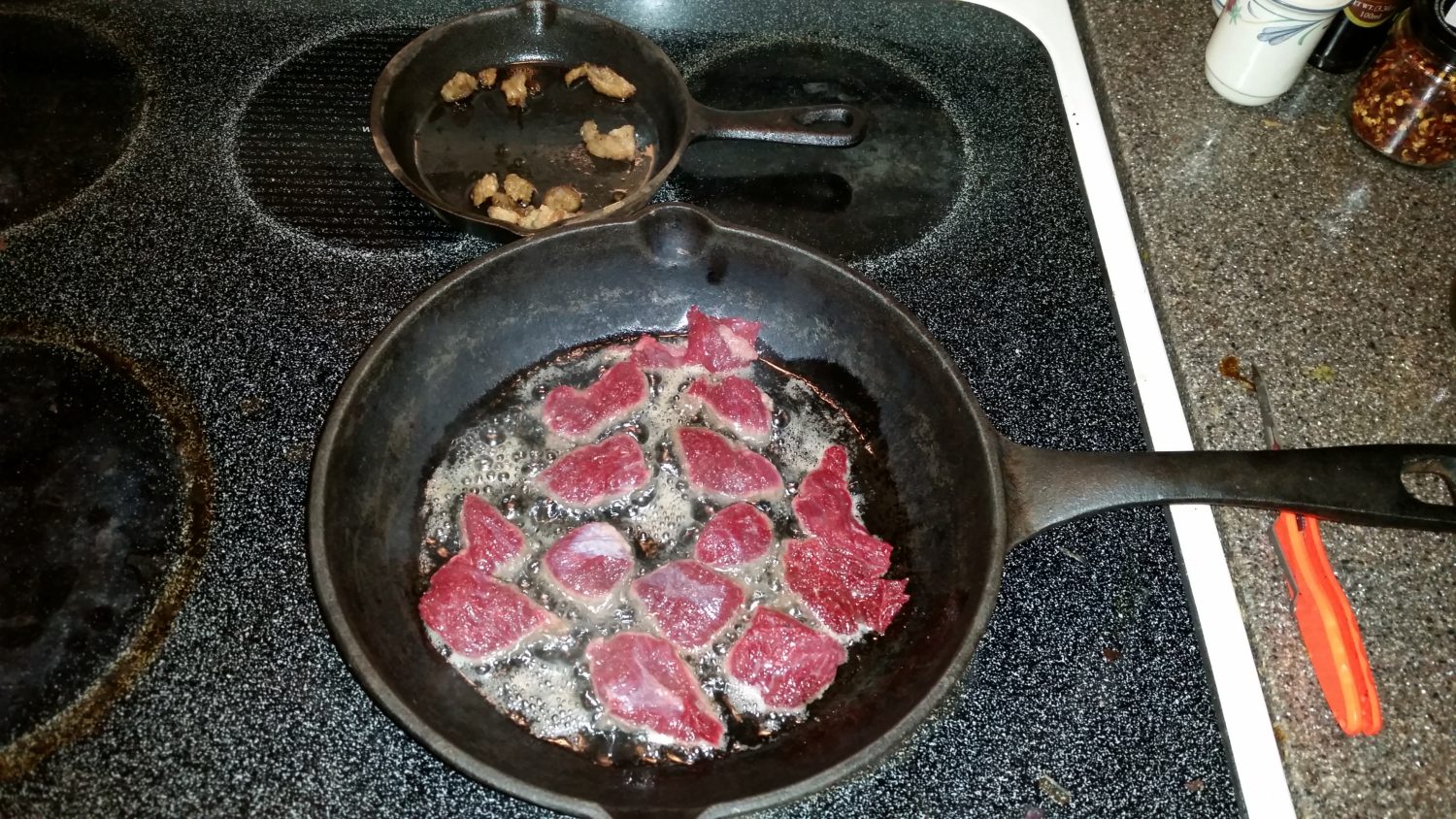
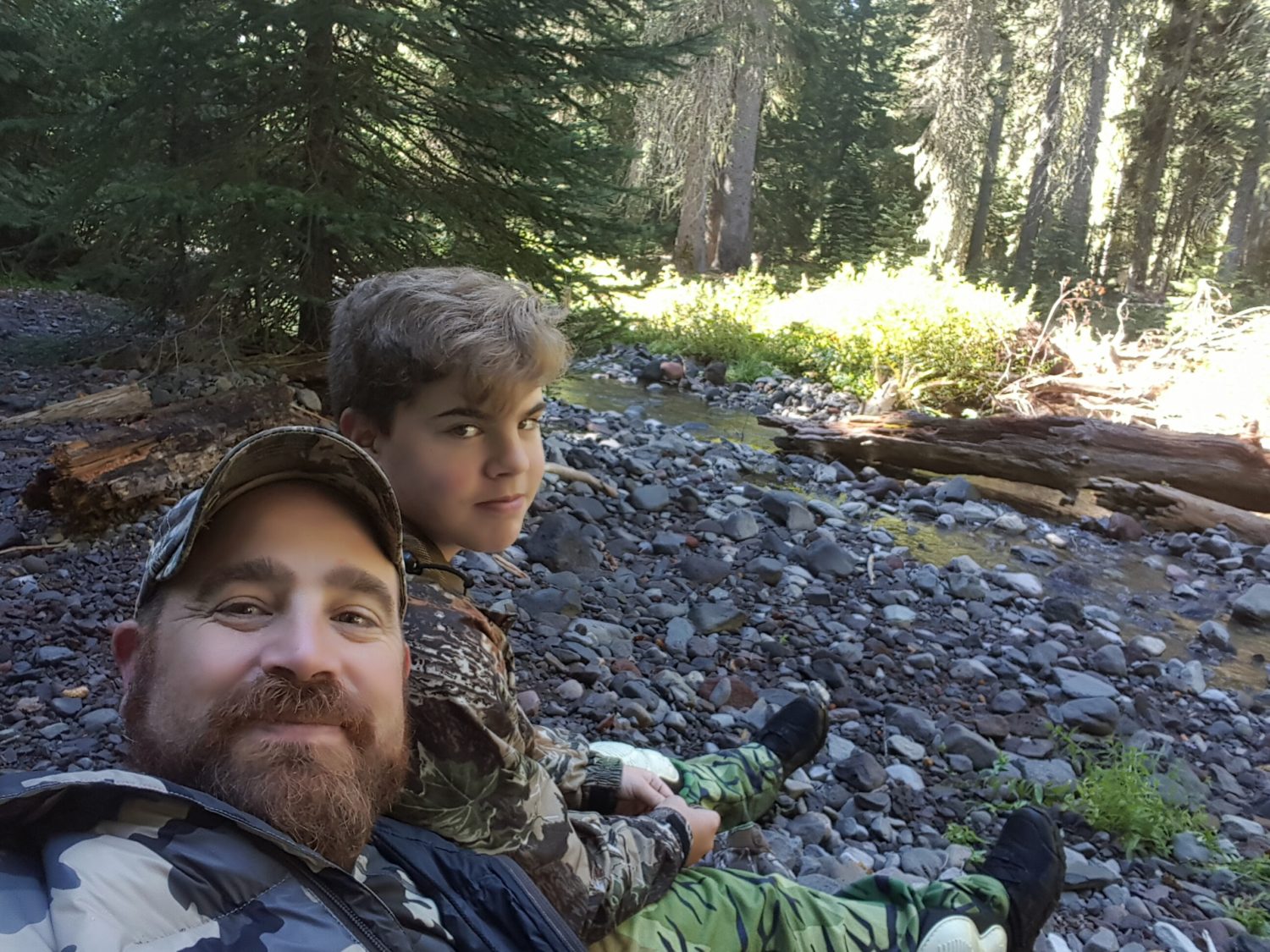
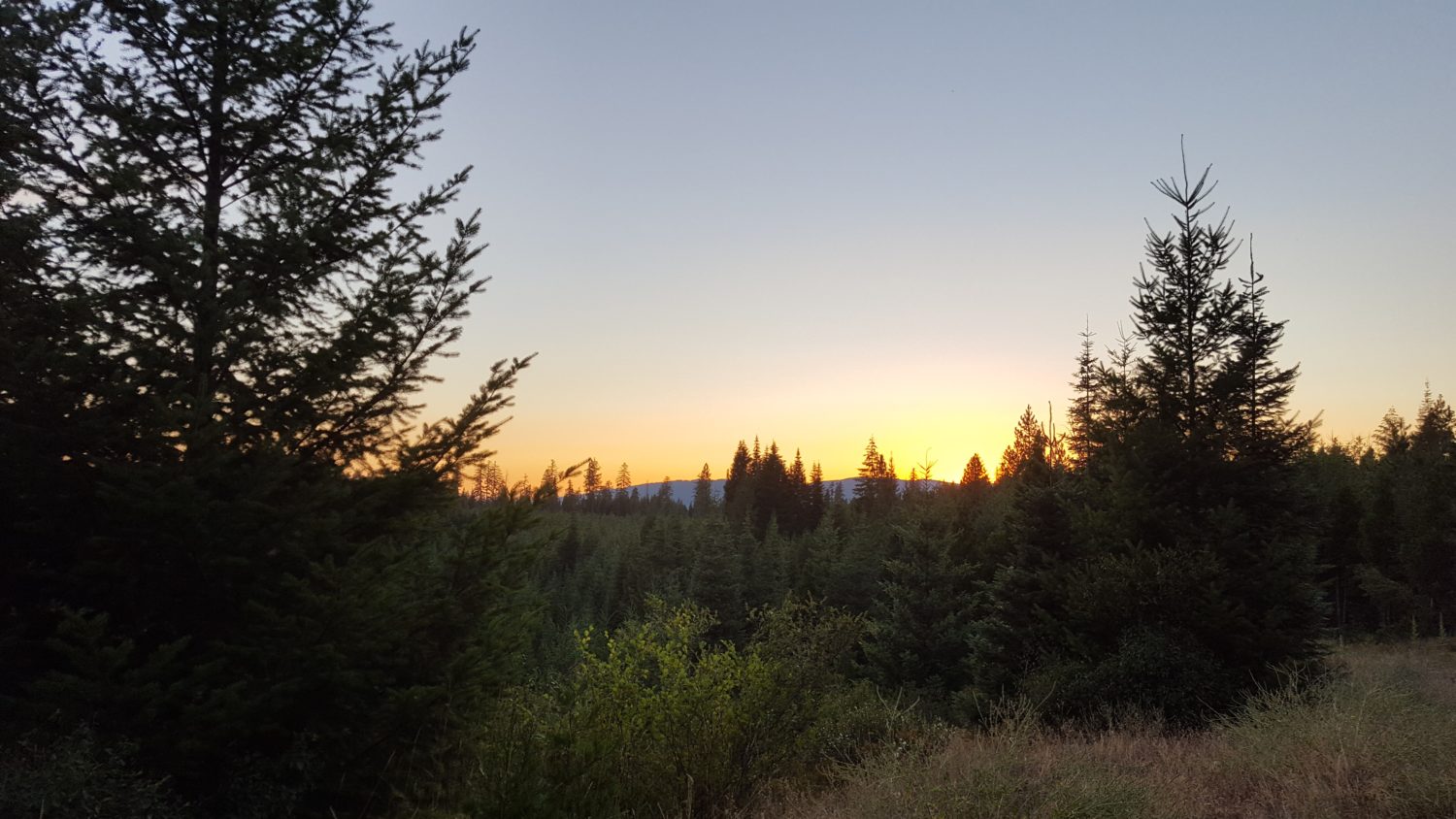
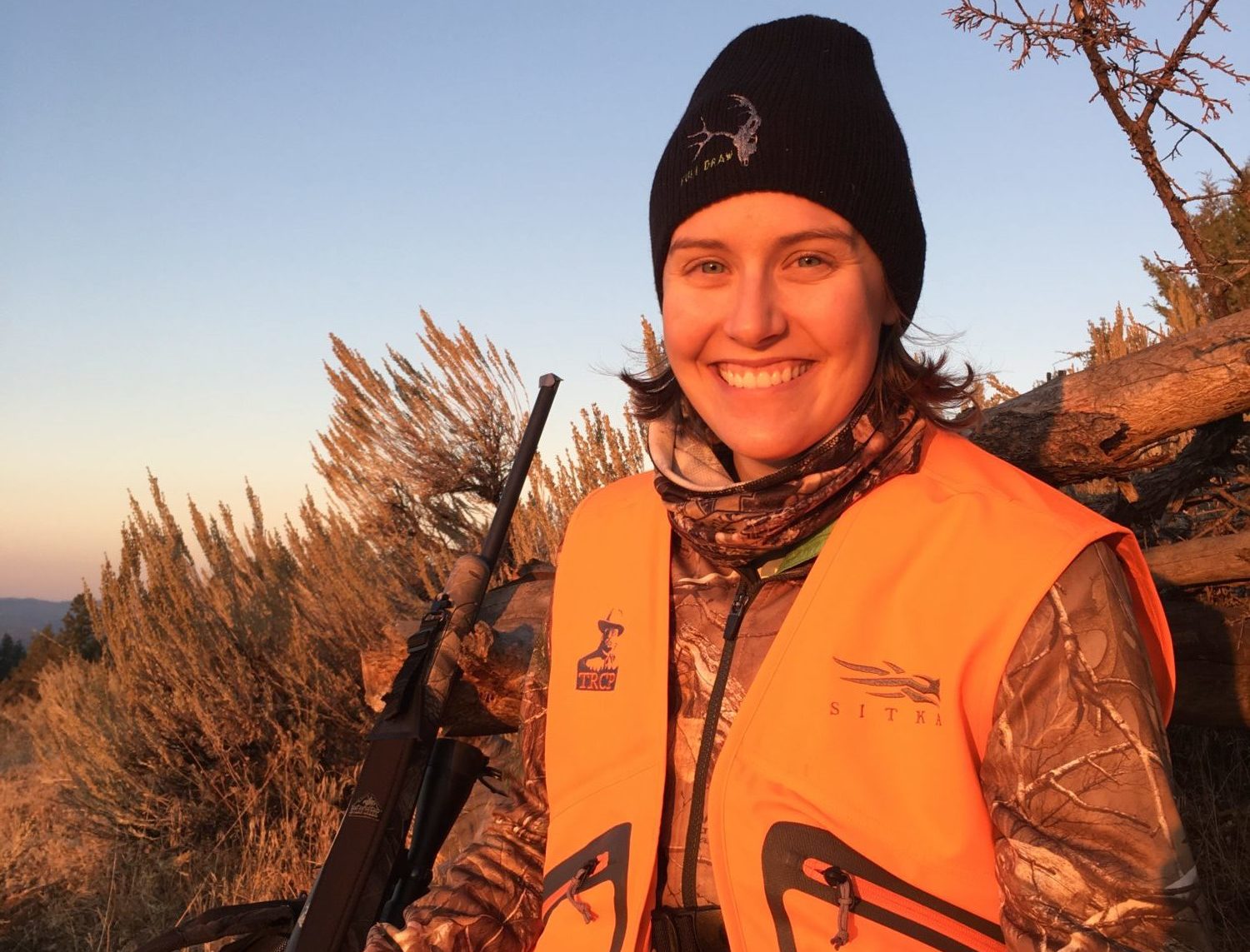
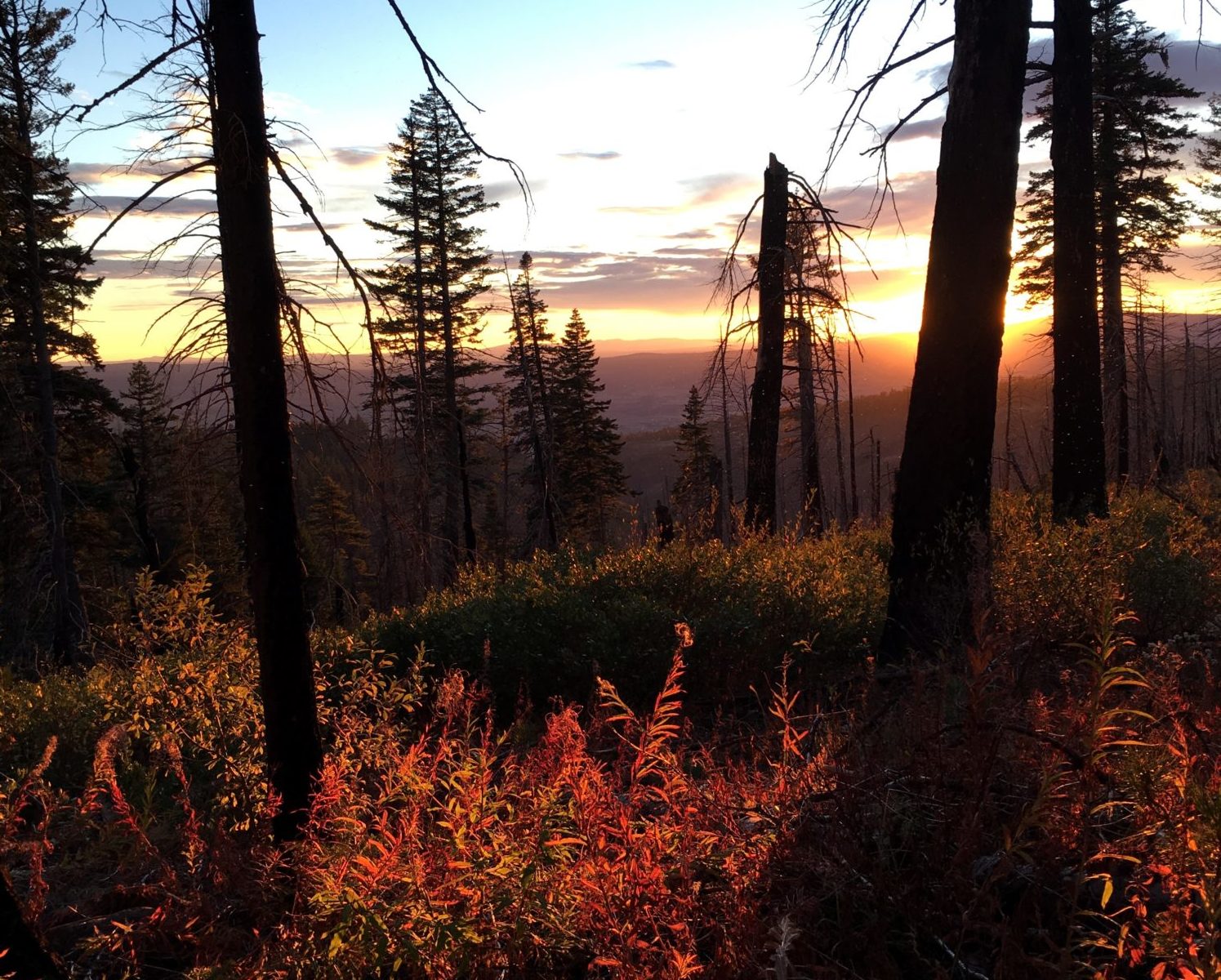
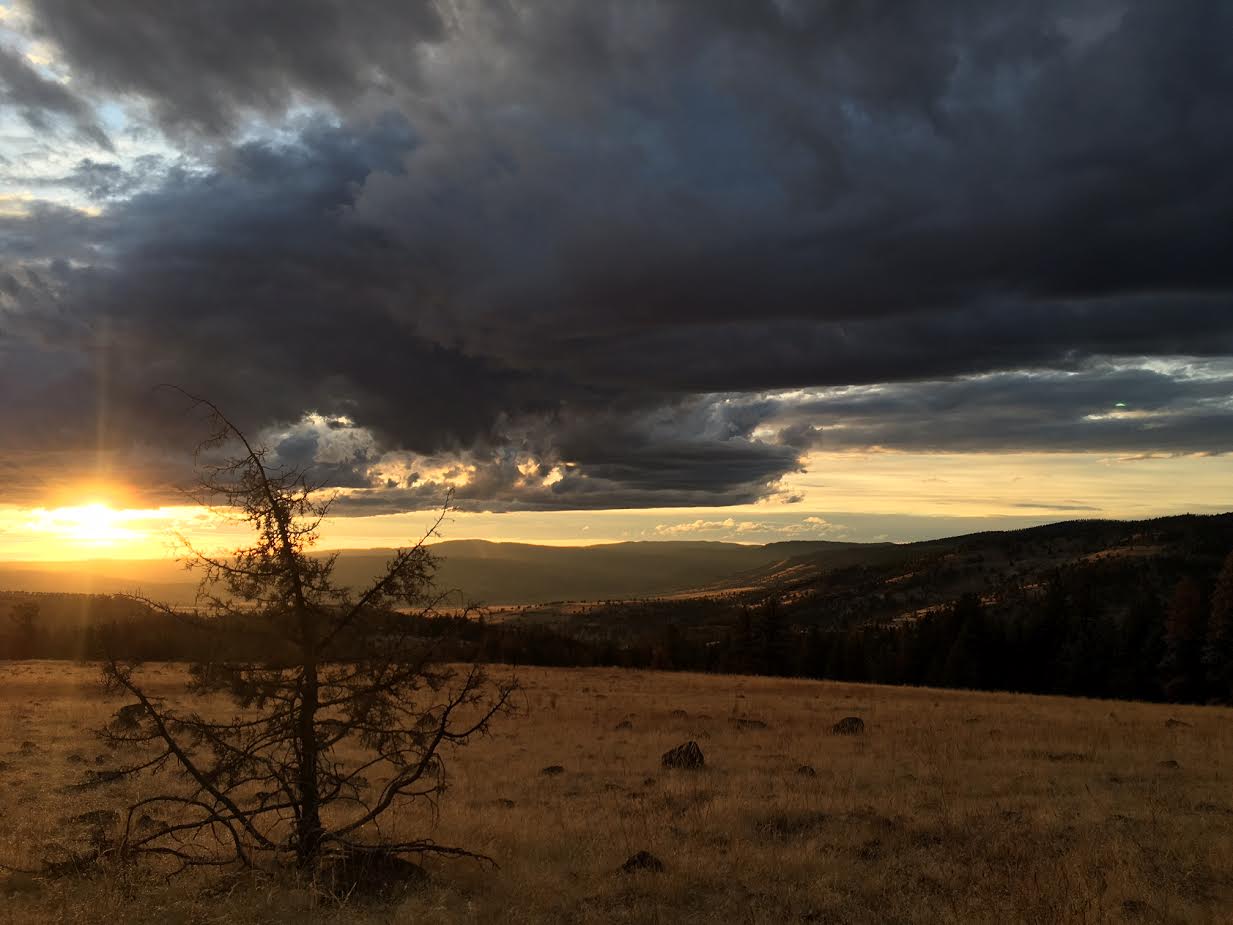





Thankyou for this analysis and update. Keep up the good work!
No on HR 861,622 232! Stop the gutting of public lands!
I think it would be worth your groups time to design an online tool that says which states are the most important to get active. I live in a state that is controlled (at least by law-makers) by democrats that largely agree with most of our opinions and I feel like flooding them with emails on opinions they already agree with, dilutes our power. I could be wrong, but I feel that if we have a map showing who should really get involved, we could focus power better.
Many of the groups that participated in the Women’s March and in related local actions are also interested in opposing these actions threatening public lands. You may wish to establish formal dialog with these groups. We ,in Chautauqua County, NYS will be using the information provided here to express our feelings to Congressman Reed in an upcoming town meeting. Thanks for the resource.
I belong to a group that participated in the women’s march, and we are very much interested in opposing these actions!
We need to make sure that Sponsors and Co-sponsors of this type all need to be defeated in their next election, regardless of party affiliation, we need legislation in the way of a Constitutional amendment that protects public lands forever. And we need a march like the women’s March on Washington of all public land users all across the nation singing Arlo Guthrie’s America the Beautiful on a couple of occasions.
a conservative group that shares similar values: http://www.conservativestewards.org
Thanks for the comprehensive list. I have been contacting house members about 621 & 622. Other than our own US Representative, is the next most useful person to contact the representative who introduced the bill of not the person who introduced the bill? Also, let us know if you have any good talking points. I do not know enough about how federal lands are currently managed to be effective at my arguments. Then again, I think they just take down my name and opinion without details.
You don’t have to be an expert on public land management to show lawmakers that their constituents support keeping public lands public—the important thing is that lawmakers know that their constituents are in support of public lands, and that you’re paying attention and holding them accountable.
Thank you for this. This one has passed House’s Congressional Review Act (CRA) resolution, which passed 234–186 and is moving to the Senate.
Which HR bill passed the house and is now in the Senate?
I believe this is in reference to a resolution that would roll back BLM planning updates (i.e. The One That Strips Back Public Input). More on that here: https://www.trcp.org/2017/02/07/house-votes-eviscerate-rule-giving-sportsmen-say-public-land-use-2/
The Antiquities Act of 1906 (signed into law by the namesake of this organization) is particularly under attack. I see you mentioned S 22/HR 243 (Preventing the use of the Antiquities Act in Nevada), but there is also S 132 (Weaken the Antiquities Act for National Monuments) & S 33 (Modification of the Antiquities Act). So make it 12.
I agree with Michael and Wayne above. I am not into hunting and fishing, but we all agree that our public lands need to be protected forever, and saved from folks/corporations that would despoil them for profit. Yes, most certainly, other groups and lots of folks would join a march to make that point clear. In fact, I would like to share this website at the next moveon.org meeting I go to, if that is okay with you.
HJ Resolution 44 aka BLM “Planning 2.0” introduced by Wyoming Representative, Liz Cheney.
Don’t be a f*#&(#^% partisan hack. An ally is an ally. Just because you don’t agree with them on other (unrelated) issues, it doesn’t mean you can’t align on common ground.
Please be careful who you join forces with. Do you your homework. Do you want to associate with the likes of Donna Hylton, who was a featured speaker at the woman’s march or moveon.org. Please find out who these people are before you decide to partner with them.
Where is the proof that transferring control of public lands to the states will immediately lead to them being closed and sold off? I hear this thrown out a lot but see very little facts supporting it, it just seems like a bunch of fear mongering to me.
Most state lands are constitutionally mandated to be managed for maximum profit. Considering the heavy financial burden of fighting wildfires, keeping habitat healthy, maintaining roads and trails, and other infrastructure needs, state ownership makes the lands particularly susceptible to being privatized. For an example, look at the recent news about Elliot State Forest. And for more information about public land transfer in general, check out this video and this infographic.
IDAHO has already sold 41% of it’s public land since statehood. http://www.idahostatesman.com/news/politics-government/state-politics/article75569547.html
The proof is in the millions of acres of state owned land that have already been sold off, even sometimes unconstitionally. Where have you been for the last 100 years?
http://www.postregister.com/articles/news-daily-email-todays-headlines-west/2017/02/22/report-idaho-public-lands-illegally-sold
http://www.reviewjournal.com/business/economic-development/most-southern-nevada-land-sold-single-blm-auction-boom
http://archive.jsonline.com/news/statepolitics/wisconsin-dnr-lists-33-properties-targeted-for-public-land-sale-b99208349z1-246132451.html
Hopefully, there is a circle in Hell reserved for these greedy, short sighted, destructive, ideological pinheads.
I believe we need more national coverage, especially news and advert.
This affects all Americans and all future Americans. Greedy Bastards.
THANK YOU. We need this. Please keep citing bill #s every time!
I don’t understand why all these a*#+&*e politicians have to run everything for all of us. There is no rime or reason to there thinking. To me I think there being paid off by the lobbiest who are of course representing big money. Food for thought.
I’d like some clarification on something please. When you say “we need to keep public lands public”, aren’t state lands still public? For background sake, I’m very concerned about these issues but I don’t want to go off half-cocked protesting something that isn’t necessarily a negative. I’ve read HR 621 and 622 and from what I understood the House was trying to transfer some federal land to state control, thus decreasing the cost burden on the federal government. I don’t really see how that’s bad. We have tons of state parks and state owned/managed land in my state and it’s just as well cared for as the federal land. If I’m missing something please explain.
Jamie D – we have lots of state land in our state too, but it’s subject to being sold off when state budgets suffer (i.e. Elliot State Forest). The way I see it, most of the public lands that are major destinations (national parks, national forests, national monuments, national grasslands, etc.) are in the west but are owned and used by all Americans, current and future. These are big parcels, much bigger than state parks, and require a national pool of taxpayer funding, not just taxes from our state residents (again, in a budget crunch, our state closes parks, campgrounds, or sells off lands). Also, many national forests/parks/monuments cross state borders and the only way to manage the wildlife, watersheds, invasive plants, fires, etc. is via federal land management. The feds have scientists on these state-border-spanning lands doing boots-on-the-ground work. I doubt if multiple states could coordinate (or afford) to maintain the science necessary for proper land management. In my own family, we prefer hunting and hiking on large tracts of federal land, not the smaller, carved-up chunks that are managed by the state. There are more reasons I’m sure.
Thank you to all who are fighting and helping to protect, preserve and appreciate all the public lands, water sources, wildlife and plants that we have to enjoy that so many before us made possible for us and now our turn for the future generations! Prayers are being answered. We love and need our wild areas for all!